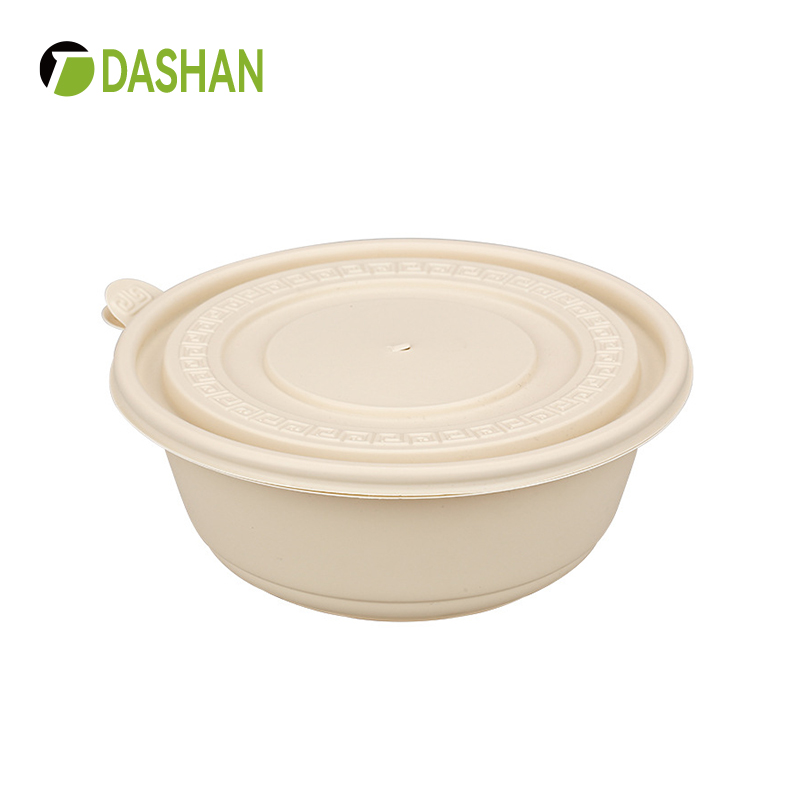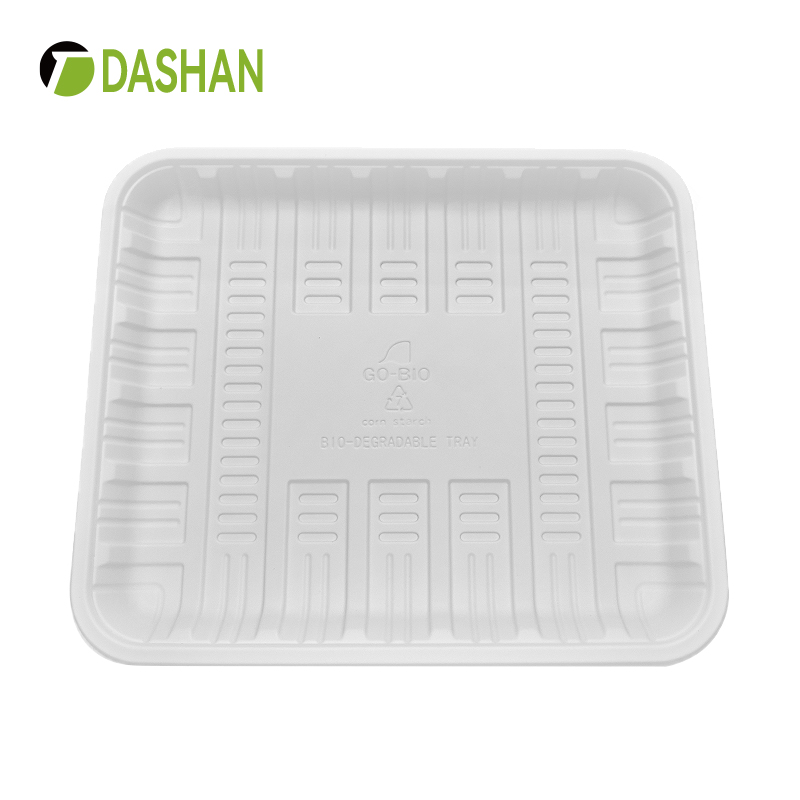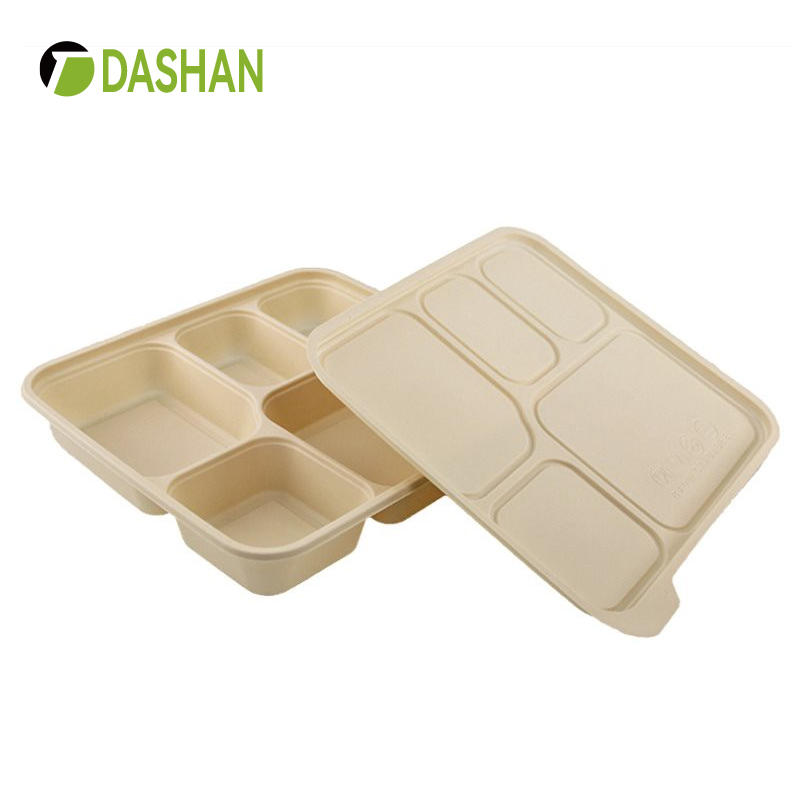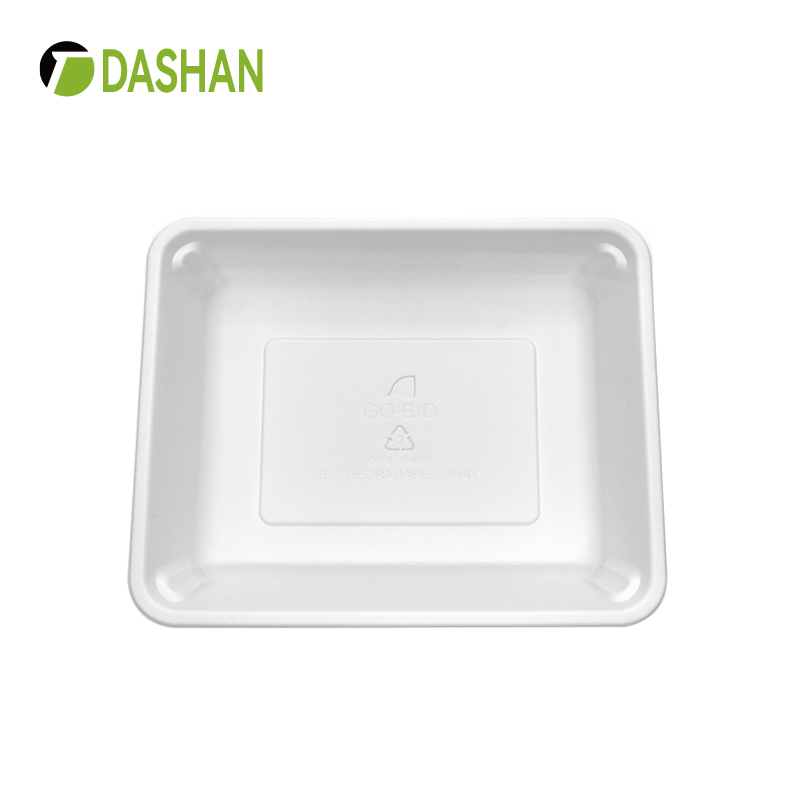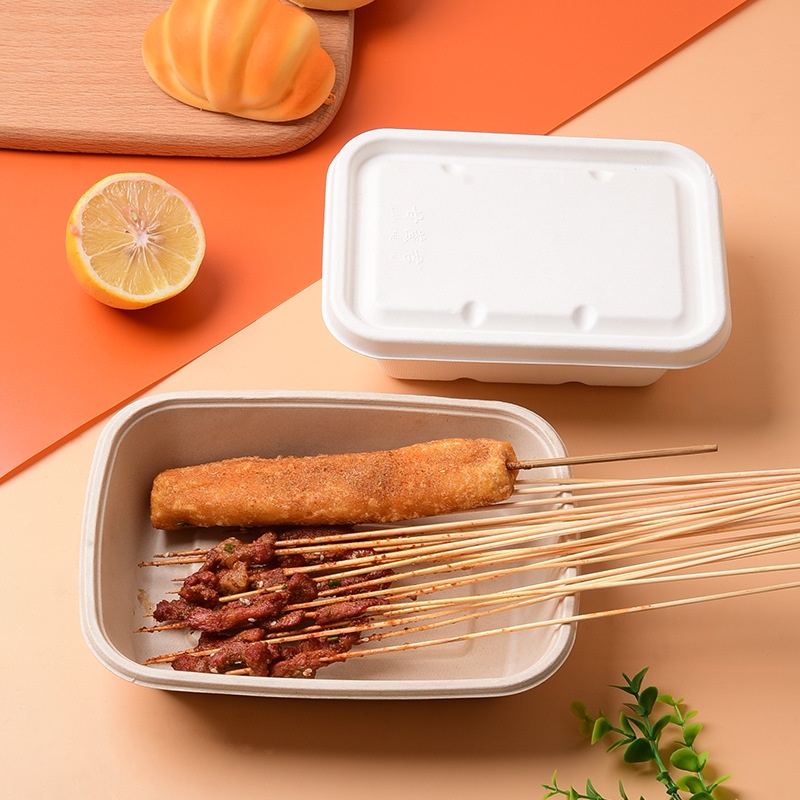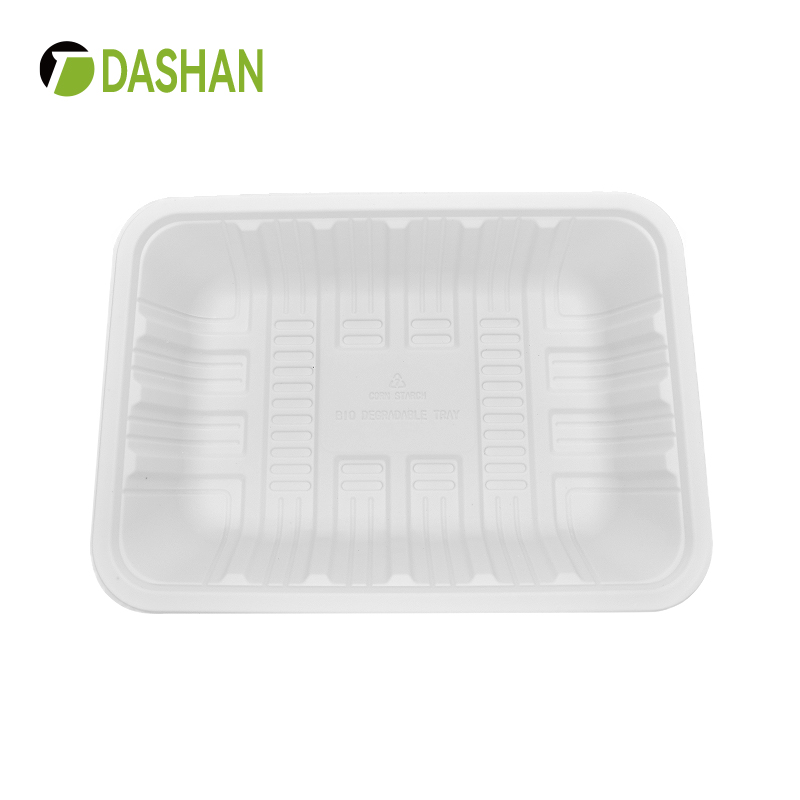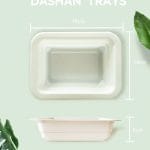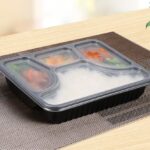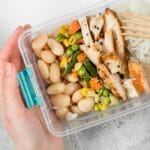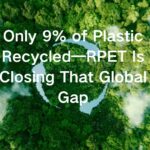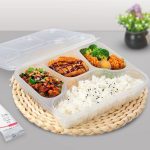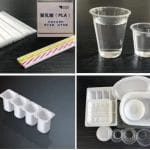How to achieve sustainable industrial development and reduce the pollution of packaging to the environment? The establishment of a plastic lunch box recycling system faces a huge challenge, and biodegradable biomaterials have become a hot spot of market concern.
PLA (polylactic acid) is a completely biodegradable environmental protection material, which is made from renewable plant resources, extracted starch, fermented by microorganisms to produce lactic acid, and then synthesized into propylene glycol, and finally polymerized to obtain PLA resin, which is green, completely degradable, and has high food contact safety features. It is currently expanding in the fields of food packaging, textile and garment, hygiene products, agriculture and forestry environmental protection, 3D printing, medical treatment, and automobile manufacturing.
Compared with other common degradable bioplastics such as PBAT, PHA, PCL, and PBS, PLA is the first to enter the food packaging field (disposable tableware and food packaging with short shelf life) and form the basic industry chain, which is also the most widely used field for PLA in a long time to come. PLA has advantages in the research base, industry chain capacity, market application, main performance, production cost, and processing process. After injection molding and thermoforming, it can be made into tableware, tooth cups, soup spoons, chopsticks, plates, disposable lunch boxes, food packaging, extruded straws, etc.
Modified PLA foam
PLA foam is an important molding material for PLA. Although both are biodegradable, compared with petroleum-based polymers, PLA is less thermally stable and more brittle. To make PLA foam, the best way is to use other monomers for copolymerization and foaming when producing PLA, which can maintain PLA’s own characteristics to the maximum and also improve the impact resistance and toughness of PLA foam.
In the extrusion foaming process, PLA foams have low crystallinity and poor heat resistance. It is necessary to increase the melt strength, and chain expansion, branching, and cross-linking can be used. Autoclave foaming facilitates the crystallization of PLA. During the foaming process, high-pressure CO2 has a strong plasticizing effect, which can significantly increase the crystallization rate of PLA, and then increase its crystallinity.
The foaming rate of modified PLA can reach up to 25-30 times, and the weight of PLA can be reduced by 20-60% compared with the same size of PLA ordinary blister products. The temperature resistance can reach up to 130℃. -20℃ refrigerated with excellent resistance to compression. It can be said that microwave heating or fresh refrigeration can be easily managed. And compared with paper pulp products, modified PLA foam material is waterproof, oil resistant has better heat insulation, and has no heavy metal residue.
Modified PLA foam tableware products have been initially used in food packagings, such as fruit packing boxes, salad plates, fruit plates, egg trays, cup lids, lunch boxes, and cushion packaging liners.
At this stage, due to the cost and some performance limitations, PLA and its foaming materials have not been fully used in the packaging industry on a large scale, mainly in the field of disposable plastic bags, tableware, cushioning materials, and other short-term use, and there is still huge research space in the future on the toughness, heat resistance, transparency, barrier properties and even electrical conductivity of PLA.
Optimizing the production process of PLA foam, reducing the material cost, and gradually promoting it in the whole society is important work for PLA enterprises.




